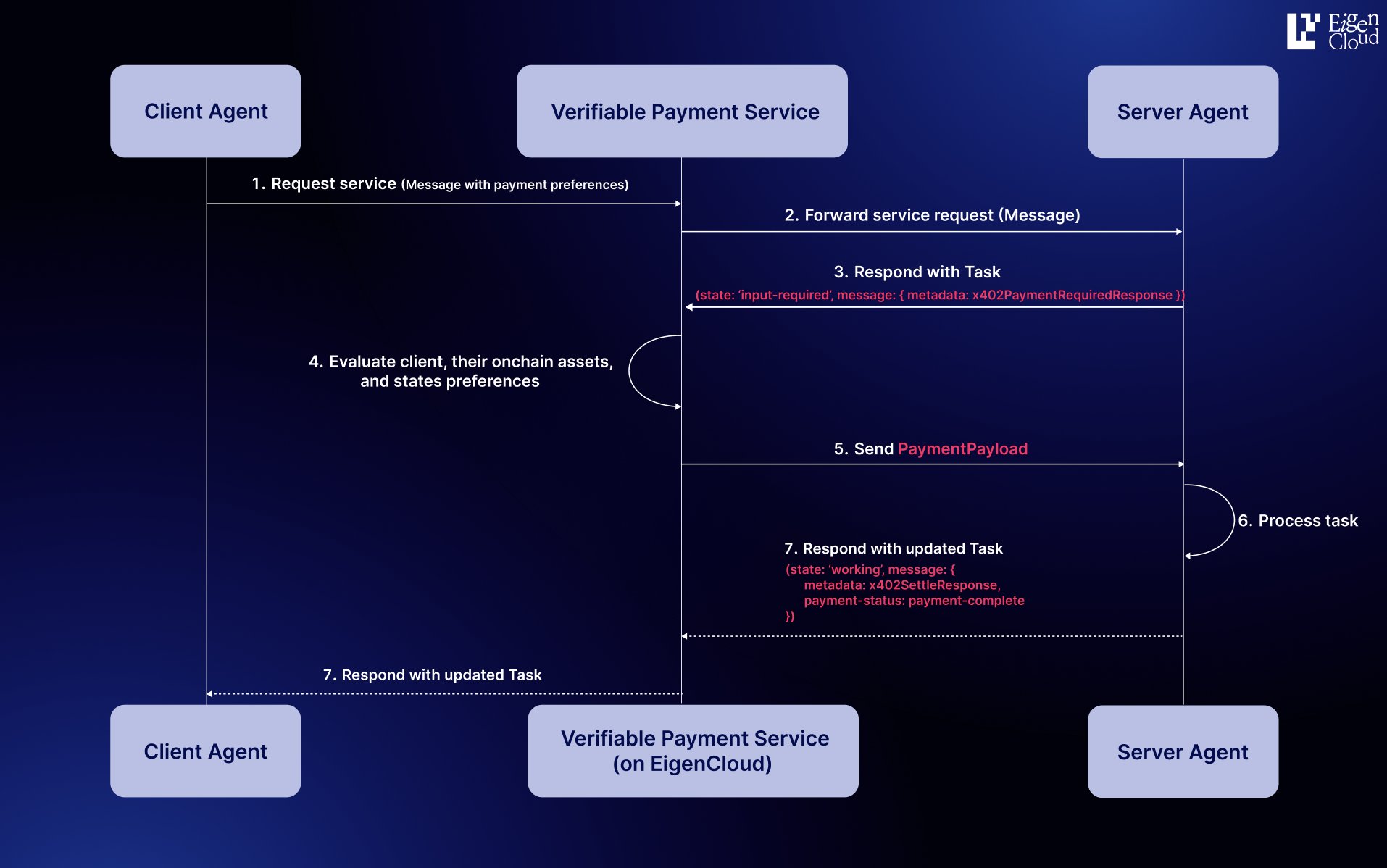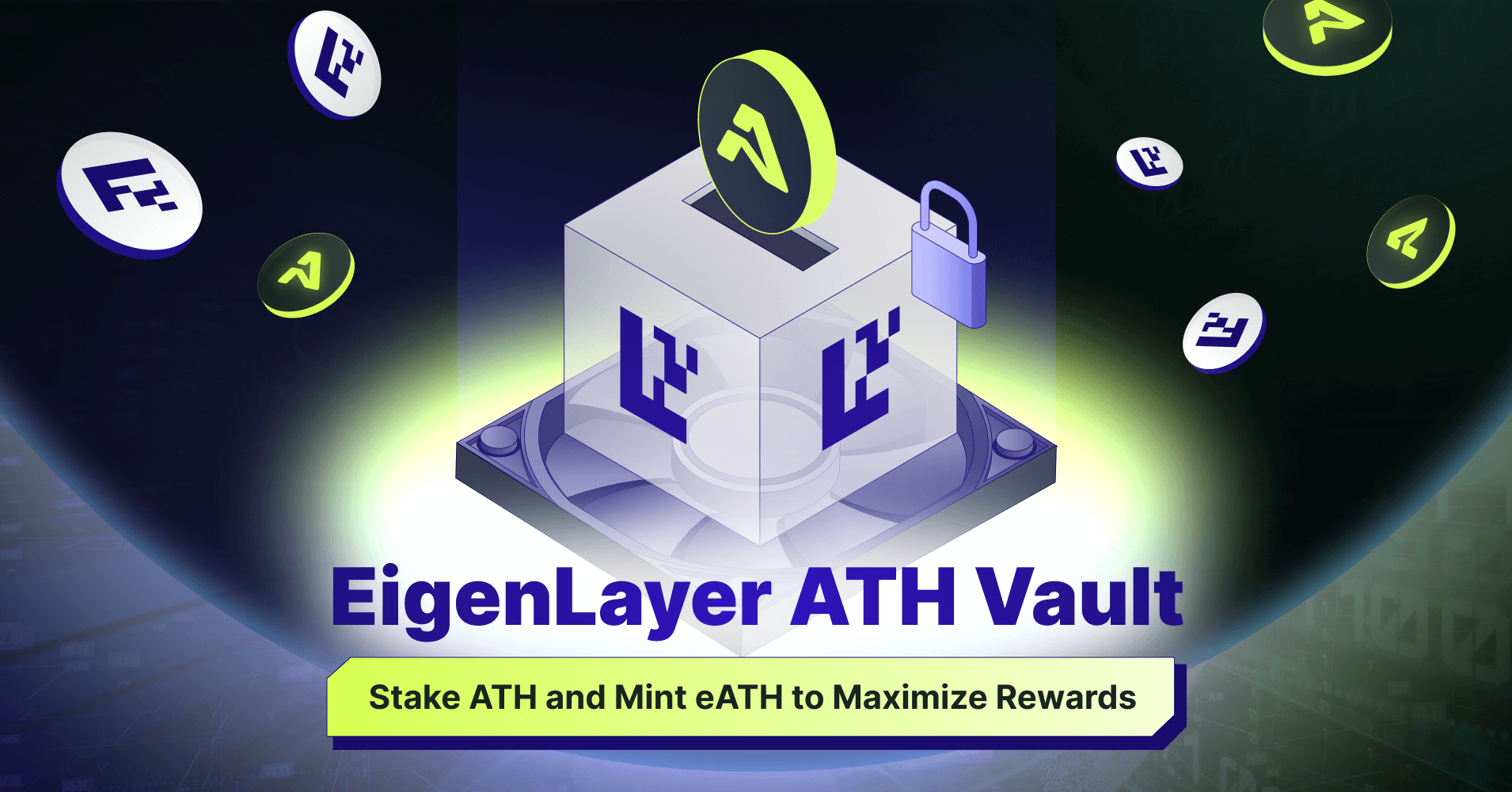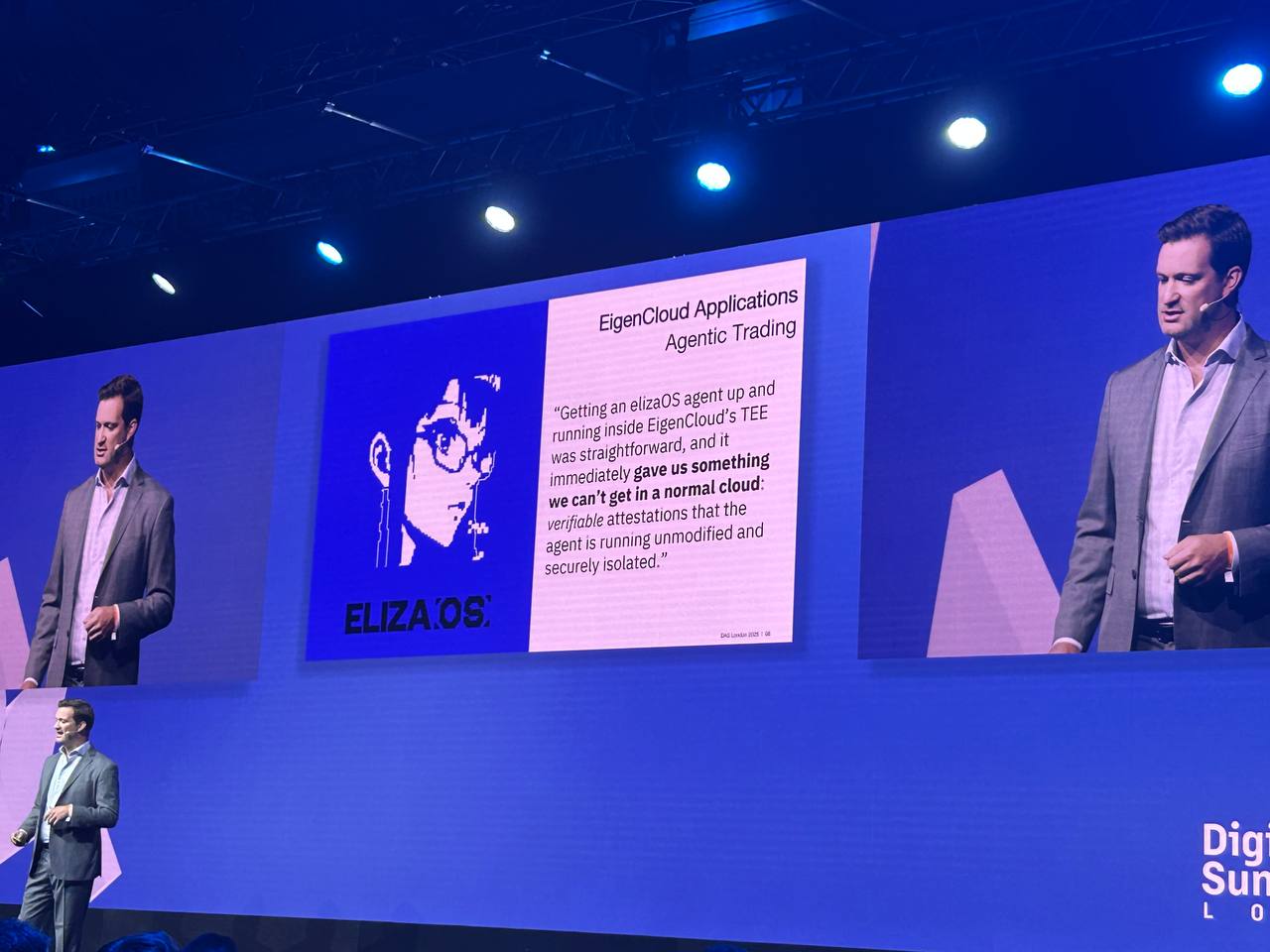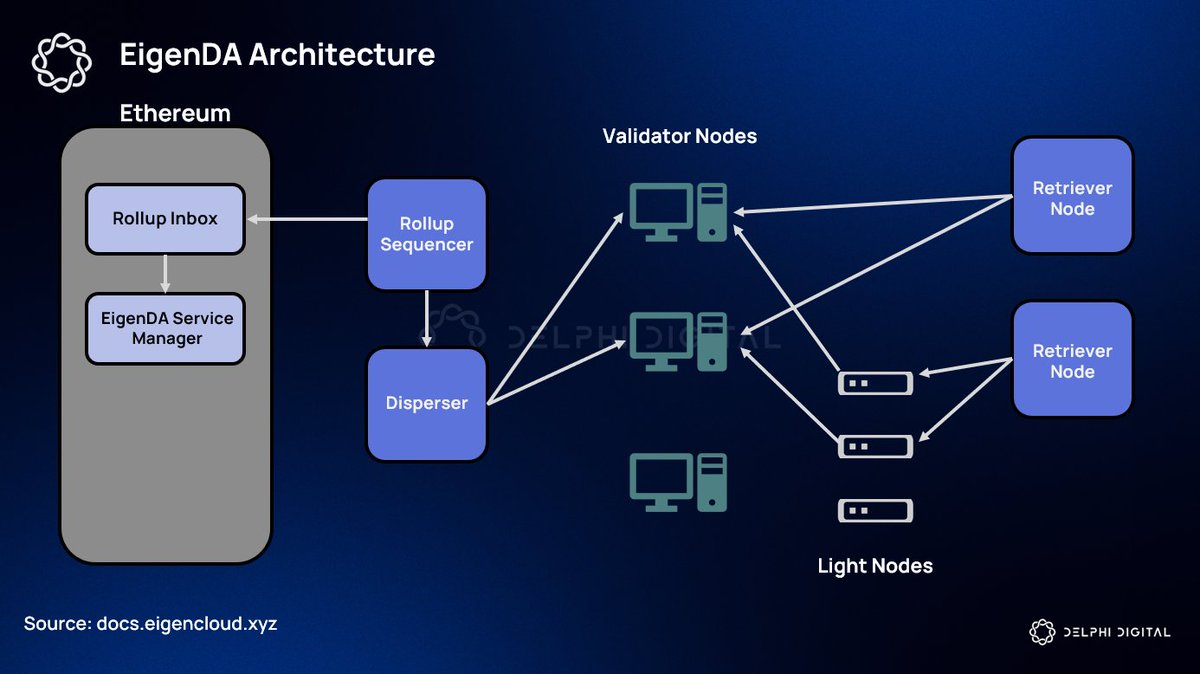
As Ethereum continues to evolve as the foundational layer for decentralized finance, the emergence of EigenLayer restaking is opening up a new frontier: decentralized AI compute. With the current price of Ethereum at $4,113.46, the network’s economic security is more valuable than ever. EigenLayer’s restaking protocol enables ETH holders and liquid staking token (LST) users to extend this security to a growing ecosystem of services, with a spotlight now on AI-powered computation through EigenAI and EigenCompute.
Restaking Protocols Meet Decentralized AI: A New Paradigm
Traditionally, building secure off-chain compute or AI infrastructure required spinning up independent validator networks, a costly and complex endeavor. EigenLayer flips this model by allowing developers to “restake” ETH or LSTs already securing Ethereum. This means that anyone leveraging EigenLayer (EIGEN) can tap into Ethereum’s robust cryptoeconomic guarantees for their own applications, without reinventing the wheel.
The recent launch of EigenAI and EigenCompute marks a pivotal shift for decentralized AI on Ethereum. These platforms are designed to make advanced computation, think large language model (LLM) inference or complex data processing, verifiable and trustless, all while inheriting the security from restaked assets.
What Are EigenAI and EigenCompute?
EigenAI is tailored for developers who want to integrate AI capabilities directly into their decentralized applications (DApps). By plugging into EigenLayer’s restaking model, projects can build AI-powered DApps that don’t require separate validator sets or bespoke security frameworks. This dramatically reduces both technical overhead and costs, making it easier for builders, from DeFi strategists to NFT creators, to experiment with intelligent agents and autonomous logic.
EigenCompute, meanwhile, focuses on providing a decentralized framework for executing heavy-duty off-chain computation tasks. Whether it’s running long-form agent logic or performing real-time data analytics outside of Ethereum’s base layer, EigenCompute uses restaked ETH as collateral to guarantee integrity. The result: scalable, verifiable compute that can be trusted by users and developers alike.
The Power of Partnerships: Ritual and Aethir Join Forces with EigenLayer
The momentum behind decentralized AI compute didn’t happen in isolation. In early 2024, Ritual partnered with EigenLayer, bringing its community-owned AI network into the fold. This integration allows Ritual’s smart agents and generative media tools to inherit Ethereum-grade security via restaking, giving rise to new classes of DApps that blend intelligence with trustlessness.
The collaboration with Aethir in March 2025 added another layer of depth. As a decentralized cloud infrastructure provider boasting $91 million in annualized on-chain revenue, Aethir now leverages EigenLayer’s protocol so retail stakers can help onboard new cloud hosts. This not only democratizes access but also brings lucrative rewards back into the hands of everyday stakers within the ecosystem.
Why Verifiability Matters for Decentralized AI Compute
The promise of decentralized AI isn’t just about distributing workloads, it’s about ensuring every computation is verifiably correct without relying on centralized gatekeepers. With EigenAI verifiable compute, every inference or execution step can be audited against cryptoeconomic guarantees provided by restaked ETH at today’s market rate ($4,113.46). That means smarter apps without sacrificing trust or transparency.
For developers and stakers alike, this new paradigm is more than a technical upgrade, it’s a fundamental shift in how value, security, and intelligence are distributed across the Ethereum ecosystem. By intertwining EigenLayer restaking for AI with scalable compute solutions, the network is evolving into a platform not just for decentralized finance but for decentralized intelligence itself.

Real-World Use Cases: What’s Possible With Decentralized AI on Ethereum?
The flexibility of EigenAI and EigenCompute is already inspiring a wave of experimentation. Here are some emerging use cases that highlight the breadth of this technology:
Real-World dApps Leveraging EigenAI & EigenCompute
-

Ritual Network: AI-enabled decentralized applications built on Ritual leverage EigenAI and EigenCompute for secure, verifiable AI inference and smart agent deployment, powered by Ethereum restaking.
-

Aethir: Decentralized cloud infrastructure provider Aethir utilizes EigenLayer’s restaking to onboard new hosts and secure off-chain compute for AI workloads, bringing its $91M annualized revenue on-chain.
-

EigenCloud: Developer platform for verifiable AI agents—EigenCloud enables dApps to run decentralized LLM chatbots and trustless data analytics tools using EigenAI and EigenCompute, all secured by Ethereum restaking.
-

Autonomous DeFi Agents: DeFi protocols are integrating EigenAI-powered agents to automate trading, risk assessment, and yield optimization, benefiting from trustless, verifiable AI compute.
-

Decentralized LLM Chatbots: AI-powered chatbots built on EigenAI and EigenCompute deliver on-chain verifiable responses, enabling secure, privacy-preserving conversational interfaces for dApps.
These projects are not only leveraging Ethereum’s security through restaking but also unlocking new forms of composability, where smart contracts can call upon verifiable AI services as easily as they interact with an ERC-20 token. This opens the door to trust-minimized prediction markets, on-chain governance powered by AI agents, and even privacy-preserving machine learning models that operate without centralized oversight.
Staking Incentives and Economic Alignment
Restakers aren’t just securing the future of decentralized AI, they’re earning tangible rewards for doing so. By providing collateral to support EigenCompute Ethereum workloads or powering smart agents via EigenAI, stakers gain access to additional yield streams beyond traditional ETH staking. This aligns incentives across all participants: developers get robust security without building from scratch, while stakers capture value from emerging applications.
It’s worth noting that this model also introduces new dynamics into the staking economy. As more off-chain computation moves onto platforms like EigenCloud, demand for verifiable compute grows, and with it, demand for restaked assets. This feedback loop strengthens both the utility and economic relevance of EigenLayer within the broader Ethereum landscape.
Risks and Considerations in Restaking Protocol Security
No system is without its trade-offs. While restaking protocol security inherits much from Ethereum’s battle-tested foundation, it also introduces new vectors, such as slashing risks tied to AVS (Actively Validated Services) failures or misbehavior by compute providers. For stakers, understanding these risks is crucial; due diligence on supported services and ongoing monitoring remain best practices.
The modularity of EigenLayer means that each AVS can set its own parameters for slashing or dispute resolution. As adoption grows, ecosystem standards will likely emerge around transparency and risk disclosures, further bolstering confidence in decentralized cloud infrastructure secured by restaked ETH.
The Road Ahead: Scaling Decentralized Cloud With EigenLayer
The launch of EigenCloud, featuring both EigenAI and EigenCompute live since October 2025 (source), signals a turning point for verifiable compute in Web3. Developers can now build apps where every off-chain calculation, from LLM inference to autonomous agent execution, is cryptoeconomically secured at scale.
This foundation isn’t just about today’s price points or headline partnerships, it’s about creating an open marketplace where anyone can contribute resources or intelligence to a global network without ceding control to centralized intermediaries.
If you’re considering diving into this space, whether as a developer looking to launch your first intelligent DApp or as a staker seeking new yield opportunities, the time has never been better to explore what EigenLayer for decentralized cloud can offer. The future of trustless AI is being built right now on top of Ethereum’s most secure staking rails, and it’s only getting started.






